(Page créée avec « Which knots for the plastic rope? ») |
(update property name) |
||
| (5 révisions intermédiaires par un autre utilisateur non affichées) | |||
| Ligne 1 : | Ligne 1 : | ||
| − | {{ | + | {{Tuto Details |
|SourceLanguage=fr | |SourceLanguage=fr | ||
|Language=en | |Language=en | ||
| Ligne 19 : | Ligne 19 : | ||
|IsTranslation=1 | |IsTranslation=1 | ||
}} | }} | ||
| − | {{ | + | {{Introduction |
|Introduction= | |Introduction= | ||
}} | }} | ||
| − | {{ | + | {{Materials |
|Step_Picture_00=D_coupe-bouteille_l_ger_IMG_20171120_170050.jpg | |Step_Picture_00=D_coupe-bouteille_l_ger_IMG_20171120_170050.jpg | ||
|Material=* A piece of wood | |Material=* A piece of wood | ||
| Ligne 32 : | Ligne 32 : | ||
* A screw driver | * A screw driver | ||
}} | }} | ||
| − | {{ | + | {{Separator}} |
| − | {{ | + | {{Tuto Step |
|Step_Title=Choose the piece of wood | |Step_Title=Choose the piece of wood | ||
|Step_Content=The piece of wood used in this tutorial is 22 x 2 x 2 cm. | |Step_Content=The piece of wood used in this tutorial is 22 x 2 x 2 cm. | ||
You can use one a bit larger but you do not need to use a longer one. | You can use one a bit larger but you do not need to use a longer one. | ||
}} | }} | ||
| − | {{ | + | {{Tuto Step |
|Step_Picture_00=D_coupe-bouteille_l_ger_1.jpg | |Step_Picture_00=D_coupe-bouteille_l_ger_1.jpg | ||
|Step_Title=Cutting of the longitudinal slot | |Step_Title=Cutting of the longitudinal slot | ||
| Ligne 45 : | Ligne 45 : | ||
The bottom of the slot must be straight | The bottom of the slot must be straight | ||
}} | }} | ||
| − | {{ | + | {{Tuto Step |
|Step_Picture_00=D_coupe-bouteille_l_ger_2.jpg | |Step_Picture_00=D_coupe-bouteille_l_ger_2.jpg | ||
|Step_Title=Cutting of the transversal slot | |Step_Title=Cutting of the transversal slot | ||
| Ligne 54 : | Ligne 54 : | ||
For a 4mm wide wire, make the cut at 4mm from the bottom of the longitudinal slot. | For a 4mm wide wire, make the cut at 4mm from the bottom of the longitudinal slot. | ||
}} | }} | ||
| − | {{ | + | {{Tuto Step |
|Step_Picture_00=D_coupe-bouteille_l_ger_IMG_20171117_110646.jpg | |Step_Picture_00=D_coupe-bouteille_l_ger_IMG_20171117_110646.jpg | ||
|Step_Picture_01=D_coupe-bouteille_l_ger_IMG_20171120_170156.jpg | |Step_Picture_01=D_coupe-bouteille_l_ger_IMG_20171120_170156.jpg | ||
| − | |Step_Title= | + | |Step_Title=Insert and block the blade |
|Step_Content=Insert the blade into the slot, back outside. | |Step_Content=Insert the blade into the slot, back outside. | ||
Place the washers to block the blade without hiding the slot. | Place the washers to block the blade without hiding the slot. | ||
| Ligne 64 : | Ligne 64 : | ||
Screw in the screws and washers. | Screw in the screws and washers. | ||
}} | }} | ||
| − | {{ | + | {{Tuto Step |
|Step_Title=Plastic rope production | |Step_Title=Plastic rope production | ||
|Step_Content=The bottle cutter is ready, it is now necessary to prepare a bottle and to cut it: | |Step_Content=The bottle cutter is ready, it is now necessary to prepare a bottle and to cut it: | ||
| Ligne 71 : | Ligne 71 : | ||
Insert the primer and cut the wire. | Insert the primer and cut the wire. | ||
}} | }} | ||
| − | {{ | + | {{Tuto Step |
|Step_Picture_00=D_coupe-bouteille_l_ger_IMG_20171121_110058.jpg | |Step_Picture_00=D_coupe-bouteille_l_ger_IMG_20171121_110058.jpg | ||
|Step_Picture_01=D_coupe-bouteille_l_ger_IMG_20171121_110106.jpg | |Step_Picture_01=D_coupe-bouteille_l_ger_IMG_20171121_110106.jpg | ||
| Ligne 85 : | Ligne 85 : | ||
Whatever its resistance, this wire is not standardized and cannot be used to support or ensure the safety of people. | Whatever its resistance, this wire is not standardized and cannot be used to support or ensure the safety of people. | ||
}} | }} | ||
| − | {{ | + | {{Tuto Step |
|Step_Title=Which knots for the plastic rope? | |Step_Title=Which knots for the plastic rope? | ||
| − | |Step_Content= | + | |Step_Content=The plastic rope from the bottle is closer to the strap than the string because of its flat profile. Just like straps, not all nodes work on this support and some are more suitable than others. |
| − | + | Here is a list of nodes working perfectly with the plastic wire: | |
| − | + | To close a ring or to splice two strands: | |
| − | * | + | * strap knot |
| − | + | To create a loop at one end: | |
| − | * | + | * full knuckle |
| − | * | + | * double eight knot |
}} | }} | ||
| − | {{ | + | {{Notes |
|Notes= | |Notes= | ||
}} | }} | ||
| − | {{ | + | {{Tuto Status |
|Complete=Yes | |Complete=Yes | ||
}} | }} | ||
Version actuelle datée du 22 octobre 2019 à 15:05
Description
With this bottle cutter it possible to make a plastic rope from plastic bottles. It is simple to make and can be carried everywhere.
Sommaire
Sommaire
- 1 Description
- 2 Sommaire
- 3 Étape 1 - Choose the piece of wood
- 4 Étape 2 - Cutting of the longitudinal slot
- 5 Étape 3 - Cutting of the transversal slot
- 6 Étape 4 - Insert and block the blade
- 7 Étape 5 - Plastic rope production
- 8 Étape 6 - Uses and features
- 9 Étape 7 - Which knots for the plastic rope?
- 10 Commentaires
Étape 1 - Choose the piece of wood
The piece of wood used in this tutorial is 22 x 2 x 2 cm. You can use one a bit larger but you do not need to use a longer one.
Étape 2 - Cutting of the longitudinal slot
Draw a line about 6 cm long, well centered. Cut along this line. The bottom of the slot must be straight
Étape 3 - Cutting of the transversal slot
Draw a transverse line, perpendicular to the previous slot. The depth of this slot must be less than the width of the cutter blade.
The cutter blade fits in this slote and it defines the width of the wire you will cut. For a 4mm wide wire, make the cut at 4mm from the bottom of the longitudinal slot.
Étape 4 - Insert and block the blade
Insert the blade into the slot, back outside. Place the washers to block the blade without hiding the slot. Mark the center of the holes for drilling. Drill the holes. The drill bit should have a diameter slightly smaller than the diameter of the screws. Screw in the screws and washers.
Étape 5 - Plastic rope production
The bottle cutter is ready, it is now necessary to prepare a bottle and to cut it: Cut the bottom of the bottle. The cut must be clean and straight. Cut out a primer with scissors. Insert the primer and cut the wire.
Étape 6 - Uses and features
The rope from plastic bottles is more or less resistant depending on its thickness and the nature of the plastic.
This rope has two great advantages: it is heat-shrinkable and ages well outdoors.
It can be used to make lattices (for staking plants) or to hang objects. It is also possible to weave it.
Whatever its resistance, this wire is not standardized and cannot be used to support or ensure the safety of people.
Étape 7 - Which knots for the plastic rope?
The plastic rope from the bottle is closer to the strap than the string because of its flat profile. Just like straps, not all nodes work on this support and some are more suitable than others.
Here is a list of nodes working perfectly with the plastic wire:
To close a ring or to splice two strands:
- strap knot
To create a loop at one end:
- full knuckle
- double eight knot
Yes
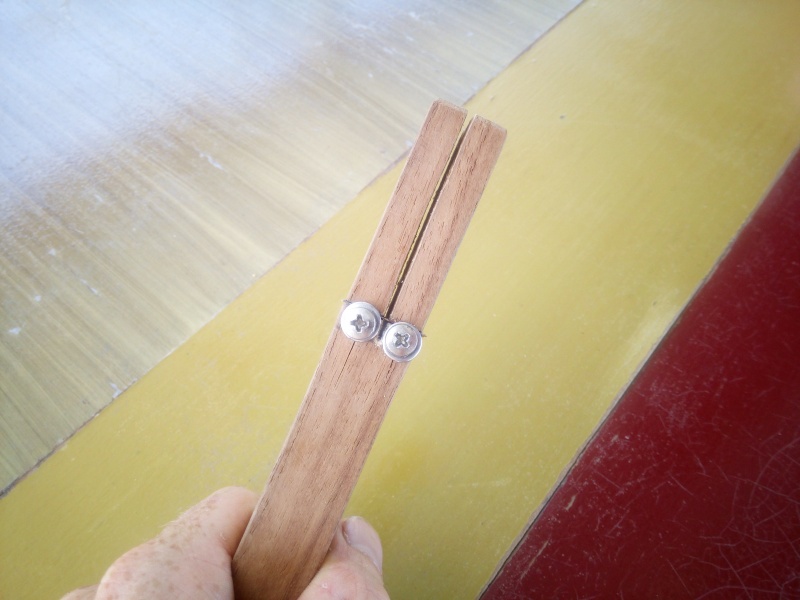
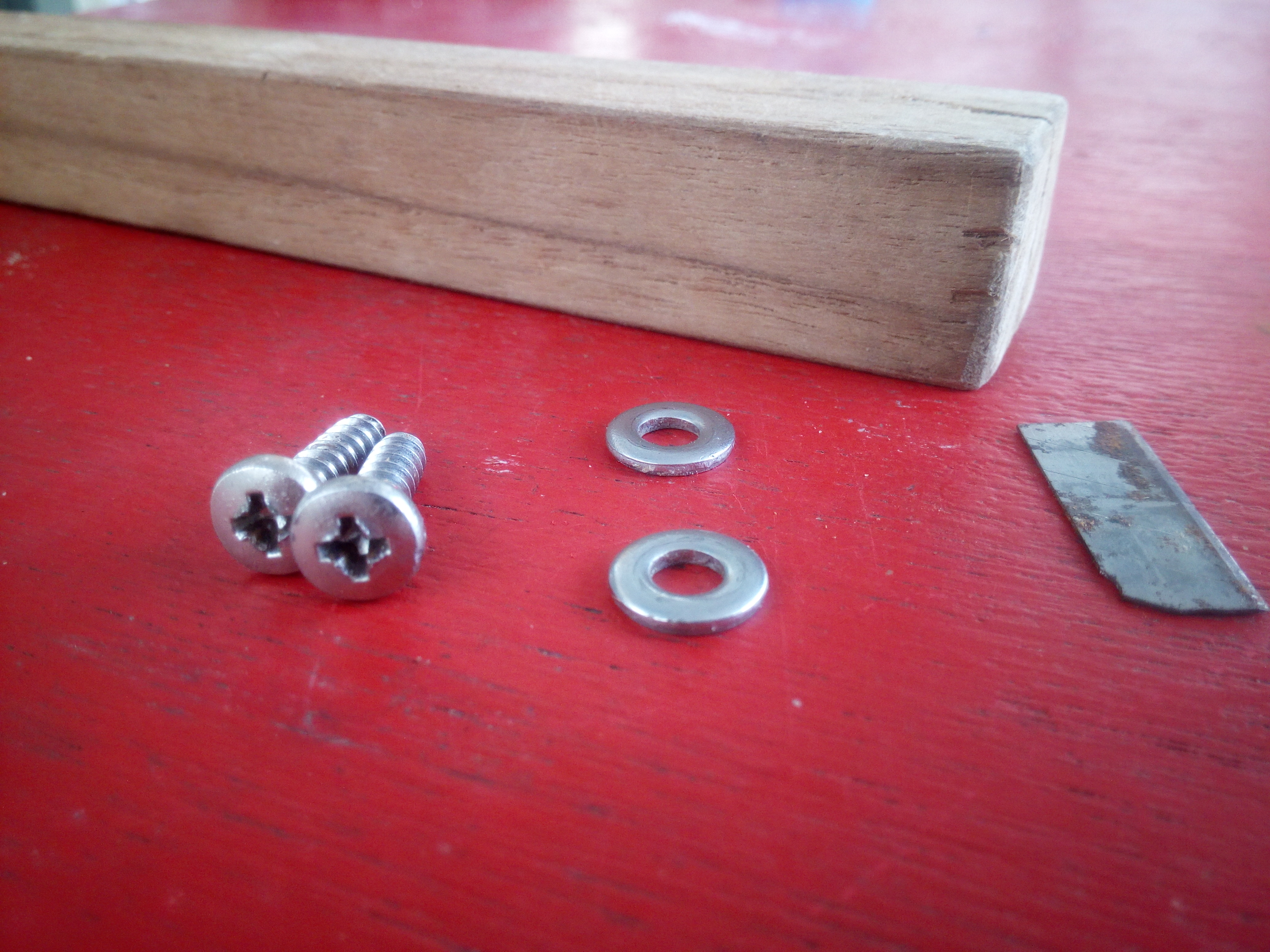
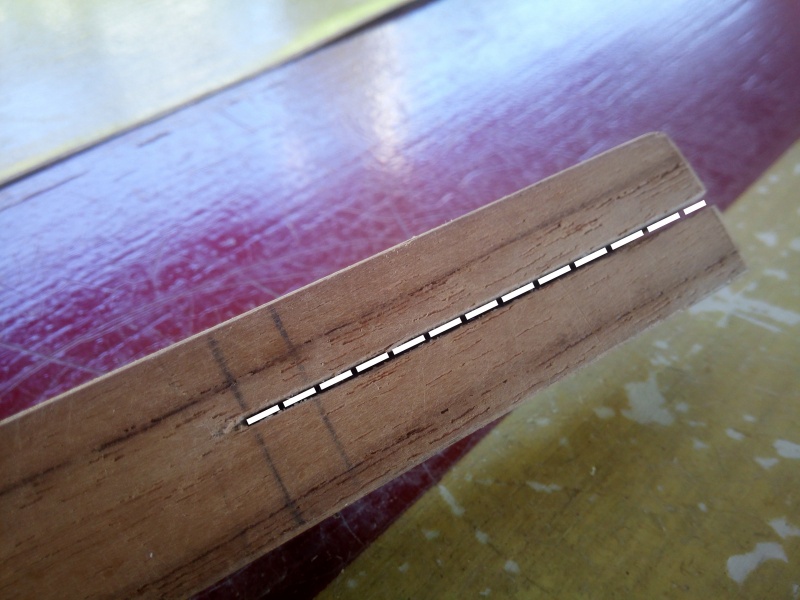
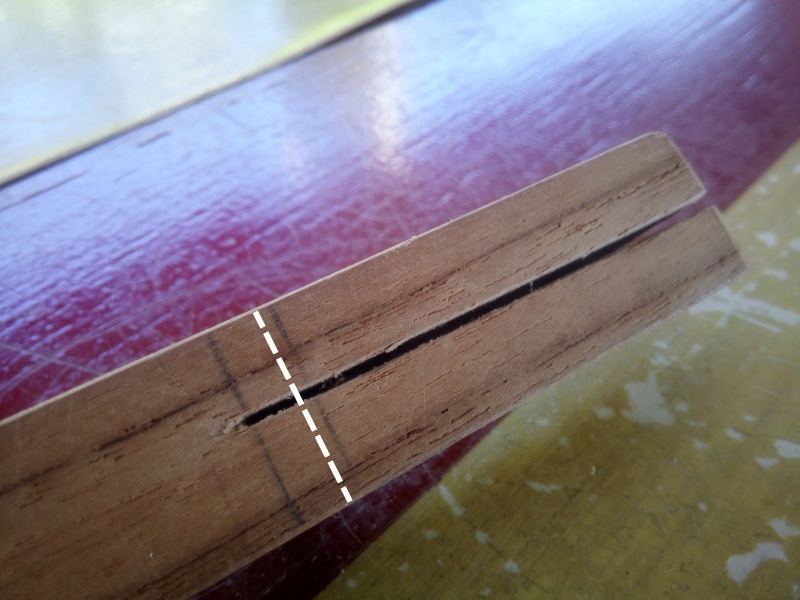
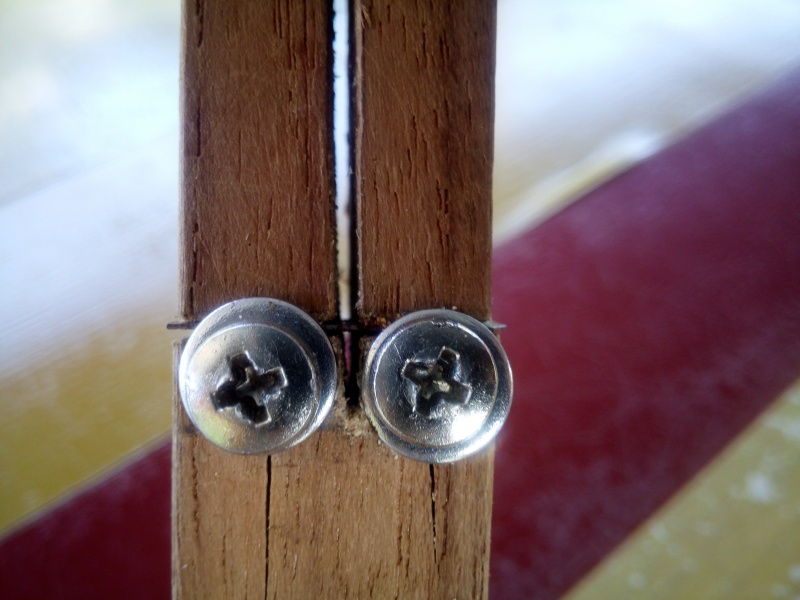
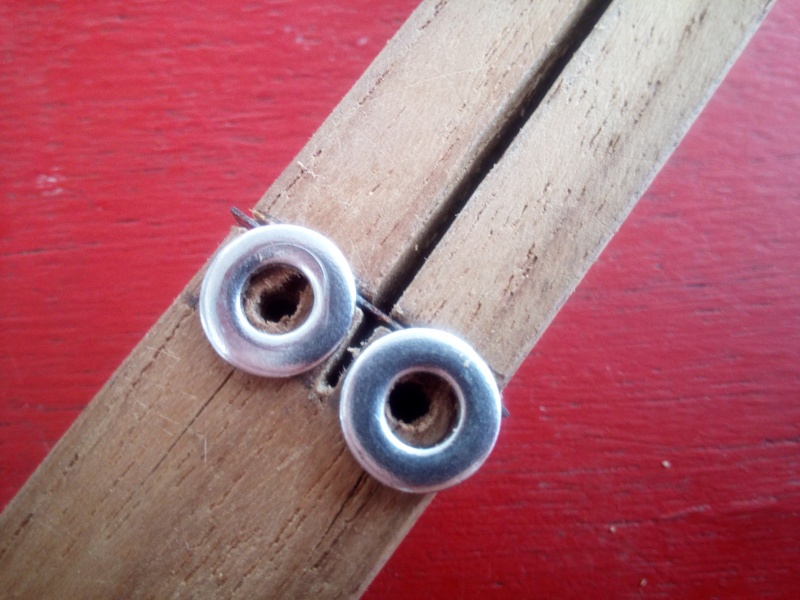
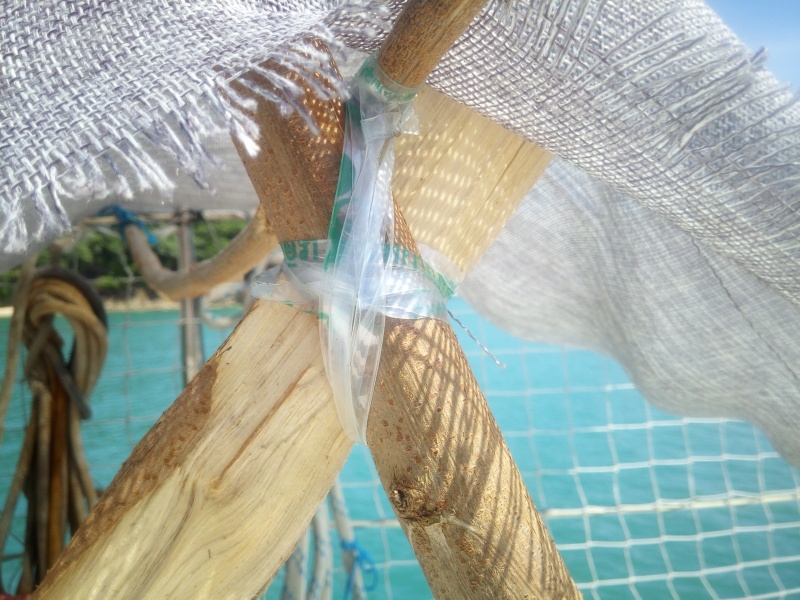
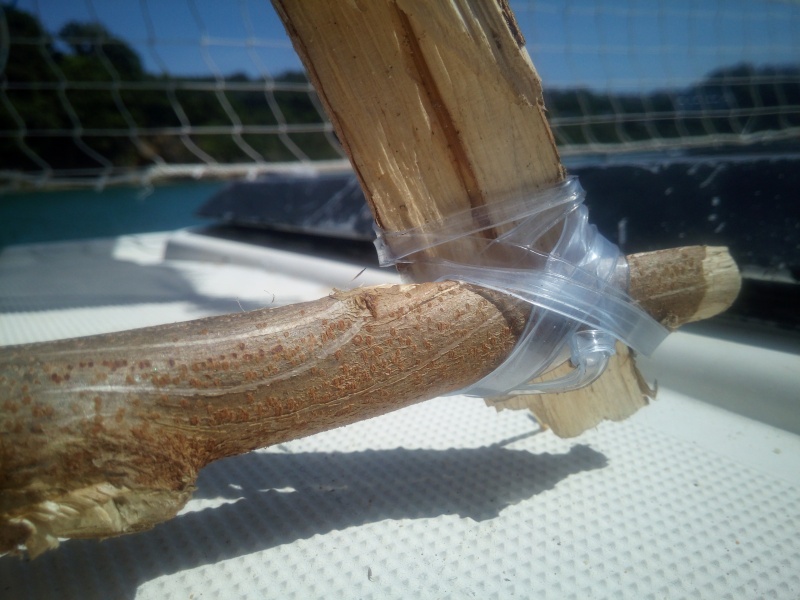
 Français
Français English
English Deutsch
Deutsch Español
Español Italiano
Italiano Português
Português